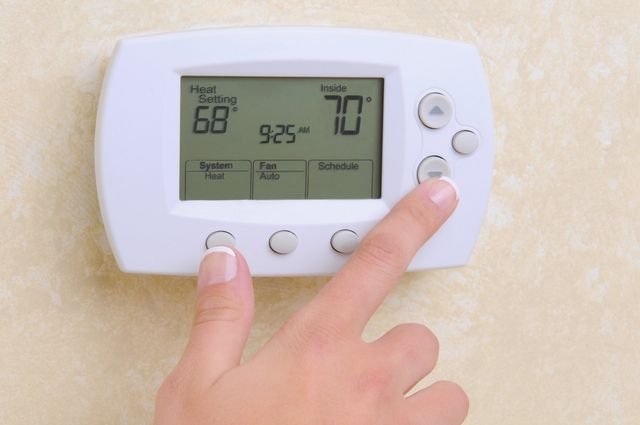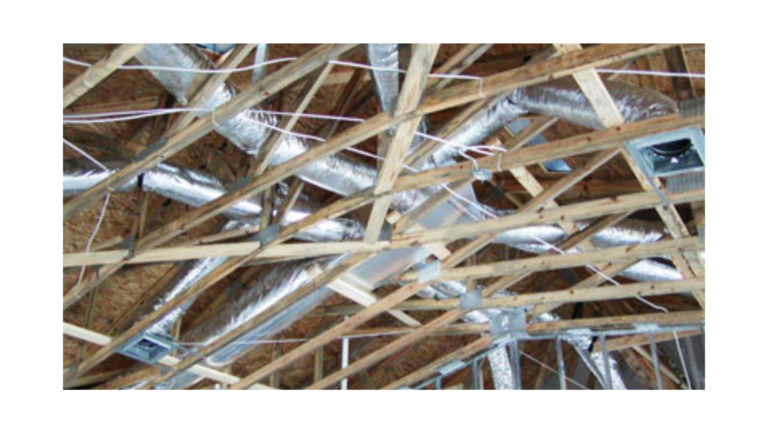High Velocity Air Conditioning Vs Mini Split: Which is the Best Cooling Option?
In terms of cooling options, high velocity air conditioning is ideal for new homes with radiant floor heating, as it doesn’t require bulky ductwork. On the other hand, mini split systems offer higher energy efficiency and require minimal installation.
The main difference between the two is that high velocity systems use ducts, while mini splits do not. High velocity systems are generally louder, while mini splits are quieter. Both options have their pros and cons, with high velocity systems being more suitable for specific heating needs and mini splits offering greater energy efficiency.
Ultimately, the choice between the two depends on individual preferences and requirements.
High Velocity Air Conditioning
| What is high velocity air conditioning? High velocity air conditioning refers to a cooling system that uses small, flexible ducts to distribute cooled air. It is a compact and efficient alternative to traditional HVAC systems. How does high velocity air conditioning work? Advantages of high velocity air conditioning |

Credit: www.linquip.com
Mini Split Air Conditioning
- Mini split air conditioning is a type of cooling system that does not require ductwork.
- It operates by using an outdoor condenser and indoor air-handling units.
- The mini split system is known for its energy efficiency, offering greater cooling efficiencies compared to ducted systems.
- Installation of a mini split is minimally invasive, as it does not require major construction work.
- One of the advantages of a mini split is its quiet operation, making it suitable for residential and commercial spaces.
- Additionally, since there are no ducts involved, a mini split eliminates the risk of air leakage and energy loss associated with traditional ducted systems.
- Property owners will find that a mini split system is quieter than a high velocity system or a large traditional outdoor unit.
- In conclusion, mini split air conditioning offers numerous advantages, including energy efficiency, no ductwork required, and quiet operation.
Comparison Between High Velocity Air Conditioning And Mini Split
Differences in installation process
High Velocity Air Conditioning (HVAC) systems are best suited for new homes with radiant floor heating, where heavy heating ductwork is not required, making it an excellent cooling alternative. On the other hand, mini split systems do not require major construction work for installation, as they are ductless.
Cost comparison
Both high velocity air conditioning and mini split systems are generally priced comparably to traditional AC systems. However, correct sizing of the equipment is important for both, as improperly installed or oversized units can result in wasted energy and inadequate temperature control.
Energy efficiency comparison
Mini split systems offer significantly greater cooling efficiencies compared to ducted cooling systems. Their ductless design minimizes energy loss, making them more energy-efficient compared to high velocity systems, which require ductwork.
Suitability for different spaces
High velocity air conditioning is best suited for new homes with radiant floor heating, while mini split systems can be installed in a wide range of spaces, including residential and commercial buildings.
Pros and cons of each cooling option
| High Velocity Air Conditioning | Mini Split |
|---|---|
| Pros: | Pros: |
| – Suitable for new homes with radiant floor heating | – Energy-efficient |
| – Small ducts provide space-saving cooling alternative | – Minimally invasive installation without major construction work |
| – | – Suitable for a wide range of spaces |
| Cons: | Cons: |
| – Requires heavy heating ductwork in non-radiant floor heating spaces | – Higher initial cost |
Frequently Asked Questions On High Velocity Air Conditioning Vs Mini Split
Is High Velocity Hvac Worth It?
High-velocity HVAC is worth it for new homes with radiant floor heating, as they don’t require heavy ductwork. The small, high-velocity ducts provide an excellent cooling alternative. Mini-splits, on the other hand, offer greater energy efficiency and minimal installation requirements.
Overall, the choice depends on specific needs and preferences.
Is A Mini-Split More Efficient Than An Air Conditioner?
Ductless mini-split systems are more efficient than traditional air conditioners. They offer greater cooling efficiencies and require minimal installation work since they don’t have ducts. Additionally, they are cost-effective in the long run due to their energy-saving capabilities.
What Is The Difference Between Ducted Mini-Split And High Velocity?
The main difference between ducted mini-split and high velocity air conditioning is that mini-splits don’t require any ductwork. Mini-splits are more efficient and can be installed without major construction work. High-velocity systems are best for new homes with radiant floor heating, where heavy heating ductwork isn’t needed.
What Are The Disadvantages Of A Mini-Split?
The disadvantages of a mini-split include higher cost compared to traditional AC systems, the importance of correct sizing and installation, and the potential for short-cycling and inefficient temperature and humidity control if not properly installed.
Conclusion
In the debate between high velocity air conditioning and mini split systems, it ultimately comes down to the specific needs of your home. High velocity units are ideal for new homes with radiant floor heating, as they require smaller ducts and can provide excellent cooling.
On the other hand, mini splits offer greater energy efficiency and a minimally invasive installation process. While cost can be a disadvantage for mini splits, their ability to control temperature and humidity effectively is a major advantage. Ultimately, the decision between high velocity and mini split systems depends on factors such as noise, available space, and budget.







